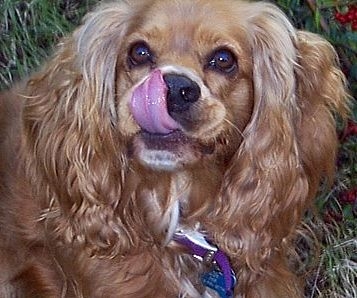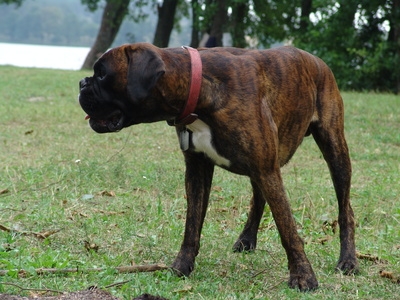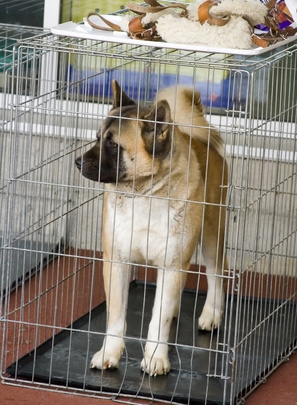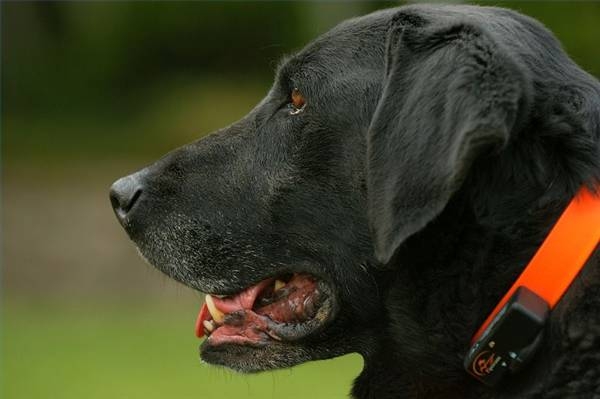No matter just how sensible you or perhaps your Great Dane is, it is usually hard to recognize exactly what this nice creature is actually sensing. A Great Dane, in addition to several other pets, doesn't possess the ability to share with individuals what precisely they're sensing. Occasionally, animals are believed as simple beings good at wagging their tails or simply barking out loud at nighttime. Still, creatures such as dogs speak in a lot more approaches as compared to some people may well imagine. A Great Dane includes numerous ways to point out his reactions using almost all parts of his body. Being familiar with just what your pet is trying to inform you'll develop a joyful bond which could continue for years. Also, it can be a terrific help for great dane training.
Here are a few guidelines to determine your dog's frame of mind by means of body gesture:
Friendly - A friendly pet features upraised ears, his eyes wide open and even careful, a relaxed mouth area, wagging tail and possibly whimpering as well as providing irreverent barking sounds.
Playful- A playful dog wags his tail in a bended over position which seems to be luring you to enjoy.
Dominant- A dog displaying prominence features his ear right upwards or perhaps frontward along with mouth slightly wide open or simply closed down. His eyes usually are open up looking intently. His particular body is rigid as well as tall together with the tail out from the figure.
Aggressive - An aggressive pet dog has his ears flat with head, shrunken eye, tensed entire body, mouth open to present the teeth plus tail placed out from the physique. Growling and also howling can be heard right from an aggressive pet dog.
Submissive - A submissive dog features his ears flattened alongside his head together with his eyes enclosed plus paw lifted. He seems to be mild and also timid, certainly not lively and will not really strike.
Fearfulness - A terrified dog shows lowered posture with tail lowered between the legs. He may not necessarily glance directly at you and definitely will whine as well as start barking fearfully particularly if they are cooped up or maybe on a restraint.
Worried - Trouble sleeping and pacing is normally evident inside anxious pet dogs. Rapid barks in conjunction with howling can even be noticed.
Stressed - A stressed pet dog has got his ears backside and straight down against the head, mouth open with fast inhalation. Nervousness as well as trembling is visible.
Using these suggestions, you can be able to identify the moods as well as exactly what your Great Dane is intending to mean. As soon as the state of mind is identified, you can actually assess his reactions towards the great dane training procedures.

 How to Night House Break or Train a Dog or Puppy
How to Night House Break or Train a Dog or Pup
How to Night House Break or Train a Dog or Puppy
How to Night House Break or Train a Dog or Pup
 What Training Methods Work Best on Dogs?
What Training Methods Work Best on Dogs?
What Training Methods Work Best on Dogs?
What Training Methods Work Best on Dogs?
 Crate Training and Crying
Crate Training and Crying
Crate Traini
Crate Training and Crying
Crate Training and Crying
Crate Traini
 The Toilet Training Spray for a Puppy
The Toilet Training Spray for a Puppy
The Toilet Training Spray for a Puppy
The Toilet Training Spray for a Puppy
 What Are Pros & Cons for Remote Dog Collar Training?
What Are Pros & Cons for Remote Dog Collar
What Are Pros & Cons for Remote Dog Collar Training?
What Are Pros & Cons for Remote Dog Collar